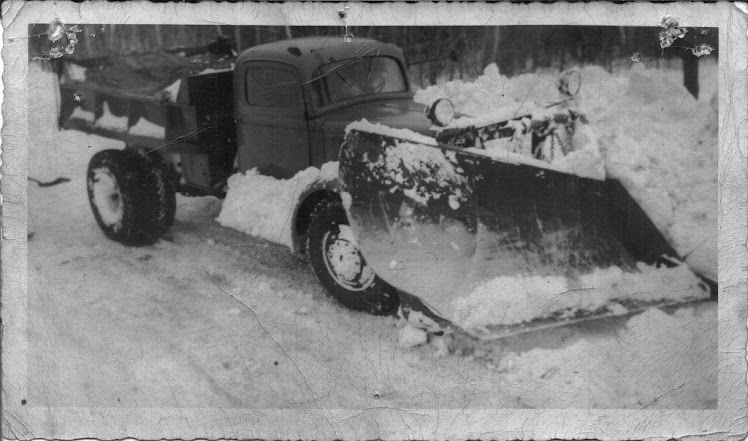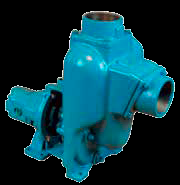Truck & Trailer Specialties now has the ability to mate a wireless remote to a Raven Flowmax 810 batch controller which will allow your employees the ability to prewet loads of salt from the loader or truck cab by a simple "push of a button". For more information go to: http://www.ttspec.com/. Look in "new technology" portion of site.
Do you have need for a down pressure feature on your front mounted pickup snow plow? Truck & Trailer Specialties has developed the necessary hydraulic features to provide down pressure capability on the Boss brand snowplows. Previously, this feature was only available on Sno-Way brand snowplows. Now you have the ability to bid "apples to apples". Down pressure capability is absolutely essential if you utilize front mounted push brooms for intersection sweeping. If you are still using a front mounted rotary broom for this task, you really need to reassess your operation. I am aware of two fatalities caused by use of a rotary broom for intersection sweeping attibutable to the dust cloud created by the broom and the subsequent head-on collision that occurred in that dust cloud. Plus the weight of the rotary broom and the dust create havoc with the vehicle it is mounted on. Add to these issues the costs; including original purchase and labor to install plus the single use of a pickup. Push brooms are relatively inexpensive to purchase and maintain, weigh no more than your snowplow, create little or no dust, easy to remove and install allowing the pickup to be used for other activities, and effective at sweeping off the "marbles" that cause vehicles to slide through intersections. They will not clean off the sand as well as rotary brooms but this is not your living room, you only need to remove the gravel/marbles. Trynex makes a very good product, check out their website. Think about it.................
Do you have need for a down pressure feature on your front mounted pickup snow plow? Truck & Trailer Specialties has developed the necessary hydraulic features to provide down pressure capability on the Boss brand snowplows. Previously, this feature was only available on Sno-Way brand snowplows. Now you have the ability to bid "apples to apples". Down pressure capability is absolutely essential if you utilize front mounted push brooms for intersection sweeping. If you are still using a front mounted rotary broom for this task, you really need to reassess your operation. I am aware of two fatalities caused by use of a rotary broom for intersection sweeping attibutable to the dust cloud created by the broom and the subsequent head-on collision that occurred in that dust cloud. Plus the weight of the rotary broom and the dust create havoc with the vehicle it is mounted on. Add to these issues the costs; including original purchase and labor to install plus the single use of a pickup. Push brooms are relatively inexpensive to purchase and maintain, weigh no more than your snowplow, create little or no dust, easy to remove and install allowing the pickup to be used for other activities, and effective at sweeping off the "marbles" that cause vehicles to slide through intersections. They will not clean off the sand as well as rotary brooms but this is not your living room, you only need to remove the gravel/marbles. Trynex makes a very good product, check out their website. Think about it.................




